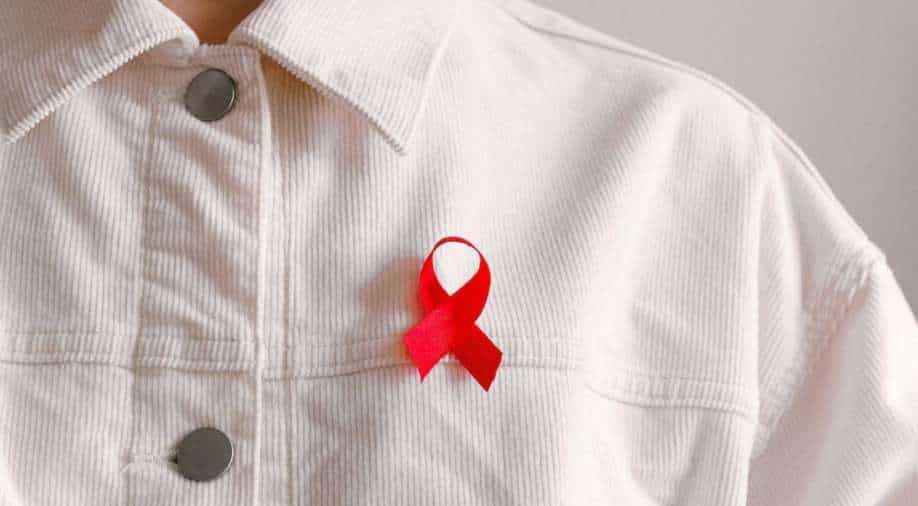World AIDS Day: Myths & facts about Acquired Immune Deficiency Syndrome
Story highlights
World AIDS Day is observed annually on December 1. It's a global initiative dedicated to raising awareness about HIV/AIDS, honouring those who have lost their lives to the disease, supporting individuals living with HIV, and highlighting the progress made in the fight against HIV/AIDS.
In the global fight against HIV/AIDS, misconceptions and misinformation persist alongside the progress made in raising awareness and providing treatment. It's crucial to debunk myths surrounding this condition to promote accurate understanding and support those affected.
On World AIDS Day, which is observed every year on December 1, let's look at some common myths and the corresponding facts about AIDS:
Myth: AIDS can be transmitted through casual contact.
trending now
Fact: HIV, the virus that causes AIDS, is not spread through everyday contact like hugging, shaking hands, or sharing utensils. It is transmitted through specific bodily fluids such as blood, semen, vaginal fluids, and breast milk.
Myth: You can get HIV from mosquito bites.
Fact: HIV cannot be transmitted through mosquito bites. The virus does not survive or replicate in mosquitoes, and therefore cannot be spread this way.
Myth: HIV/AIDS only affects certain groups of people.
Fact: HIV/AIDS can affect anyone, regardless of age, gender, sexual orientation, or ethnicity. It's a global health issue that impacts individuals from diverse backgrounds.
Myth: AIDS can be cured with antibiotics or herbal remedies.
Fact: While antiretroviral therapy (ART) can effectively manage HIV, there is currently no cure for AIDS. Antibiotics cannot eliminate the virus, and unproven herbal remedies do not provide a cure.
Myth: HIV/AIDS is a death sentence.
Fact: With advancements in medical treatment, people living with HIV can lead long and healthy lives. Early diagnosis, access to proper healthcare, and adherence to treatment significantly improve outcomes.
Also read: Puppy eyeliner, latest K-beauty trend, is taking social media by storm - here's a quick guide
Myth: HIV can be transmitted through saliva, tears, or sweat.
Fact: HIV is not transmitted through saliva, tears, or sweat, even if these fluids come into contact with someone who has the virus. It is not spread through casual contact or by sharing personal items.
Myth: You can tell if someone has HIV by their appearance.
Fact: There are no specific physical characteristics that indicate if someone has HIV. People living with HIV may appear healthy and show no visible signs of the virus.
Myth: Using condoms is not effective in preventing HIV transmission.
Fact: Correct and consistent use of condoms significantly reduces the risk of HIV transmission during sexual activity. Additionally, PrEP (pre-exposure prophylaxis) is a preventive measure for those at higher risk of HIV infection.
Myth: If the mother is HIV positive, the baby will also be HIV positive.
Fact: If a mother is positive, but is on treatment and has undetectable viral loads, then the chances of mother-to-child transmission are diminished. Besides, the child can be given antiretroviral treatment for several weeks after birth. Although HIV can be transmitted through breastfeeding, taking HIV medicines, and having an undetectable viral load during pregnancy and throughout breastfeeding lowers the risk of passing HIV to less than 1 per cent. Pregnant people with HIV should talk to their healthcare provider about options for feeding their baby.
Understanding the facts about HIV/AIDS is crucial in combating stigma, promoting prevention, and supporting those living with the virus. Education, awareness, and access to healthcare are fundamental in the global effort to control the spread of HIV and improve the lives of those affected by AIDS.
(With inputs from Dr Mala Kaneria- Consultant, Infectious Diseases, Jaslok Hospital & Research Centre, Mumbai)
















